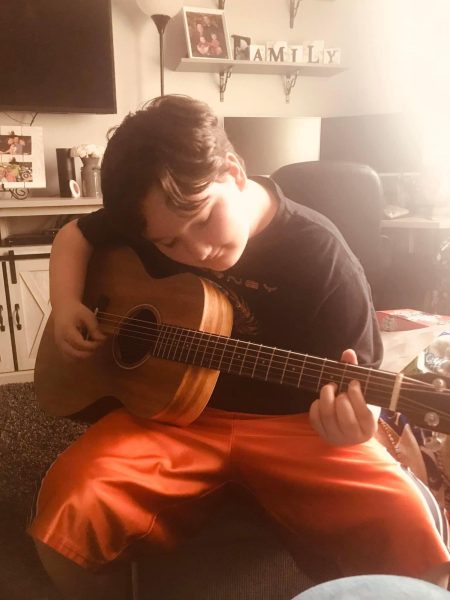You scroll through YouTube trying to find anything worth watching while you’re eating your dinner. Just as you pass the last ad on the page, your dead-minded doom-scrolling stops at a video about copycats of the God of War franchise. However, one game catches your eye, even though the video talks about it’s “watered down” combat. But even with this warning, you are intrigued with the backstory and development history of the game. THQ was mainly known for its licensed games such as its Nickelodeon game series throughout the mid-’00s. However after the fad of licensed games finally washed out, they happened upon a small, mostly rejected studio, Vigil Games. Which at that time had been rejected countless times for their newest project, Darksiders: Wrath of War. However, they would make their non-licensed and gamble debut of Darksiders. With nearly 3.47 million people anticipating the combat, graphics, and Warhammer: 40k artwork. They were ready to see the ushering of the Apocalypse.
The combat and gameplay are made up of two different mechanics made famous by the God of War series, and the Legend of Zelda Series. As War, you will be equipped with 3 Primary weapons, four sub-weapons, and four abilities. Each has a variety of combos as well as passive and active approaches to combat. However, most of the combat is purely based on one button and the timing between each button input, which is exactly like God of War. It’s level design is based on the Legend of Zelda series with every “level” being broken down into what most of the community calls a dungeon, which means it flows from a puzzle, exploration, and then a boss at the end. This helps the immersions of the game so it won’t be too broken up. Even then, the dungeons usually have a theme, for instance, there is a spider level or a post-apocalyptic industrial level. Level 2 moderator of the Darksiders Facebook page, Kyle Martin believes that each mechanic feels like a power fantasy with a customizable aspect.
“The combat is good for its time, death and fury flow pretty good: War just feels like the powerhouse he’s supposed to be,” he continues, “each hit feels like he’s doing massive damage,” added Martin.
In game design philosophy, the game’s graphical limits are a huge factor of combat flow. You don’t want to have the controls too janky or have too many assets on the screen that the frame rate drops. For the PS4, it caps at a crisp 60 frames per second and at 1080p. This game runs just as well on the PS3, even with an inferior system, to the extent that the switch runs great. Except that the Switch has lesser visual quality. The fact that they made a remaster baffles me due to the game having no slowdowns at 30 frames per second. However, it is a cheaper and for most gamers, superior version of the game. But even with the PS3 version I used, the assets were shown clearly, and never had any problems with over-animation or even useless assets that some use to fill arenas. Even the character assets fit with areas and War’s cloak is very simplistic. Discord user Humor Savior insists that the game runs effectively on many different consoles,
“It plays fine on console and Steam Deck and most home consoles,” said Savior.
To create assets that fit their environment and story, the art style needs to be effective, to carry the emotions and action of the game. The game was made with its own engine and the best way I can explain it, is the Warhammer: 40k cover art. Which is made of large-statured and overly characterized anatomy of characters. While demon design is based on more reptilian textures and colors. The bosses really do well at matching their areas and embodying their roles within the demonology mythos. I also commend THQ for not just doing fiery demons and using warriors and astronomic-themed color palettes for their bosses and environments. However, Facebook user Michael Brownfield thought the art style lovely and goes well with the flow of the combat,
“I love the art style, and for what it is, is great as far as leveling up your character for better combat and progression,” remarks Brownfield.
Even though this game is referenced as a copycat, it refutes those statements by creating a new perspective on these game designs. In a time when both franchises were struggling to find a place in the new generation of action/ Adventure games. It took a small team that had a love for the games themselves, and not their popularity, to create a new franchise that would later release 3 other successful games and many awards. A game that would usher in a new idea of the apocalypse as we know it.

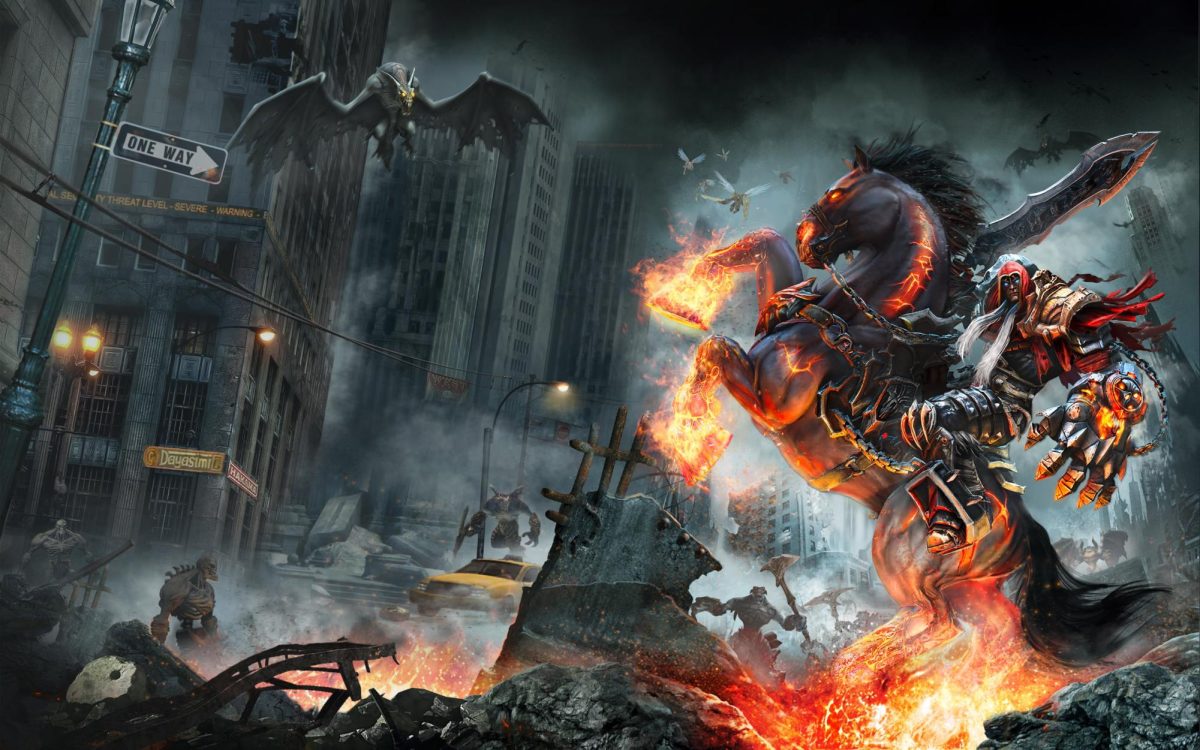
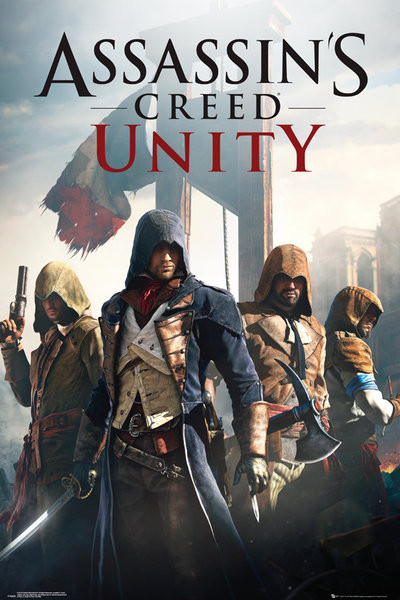

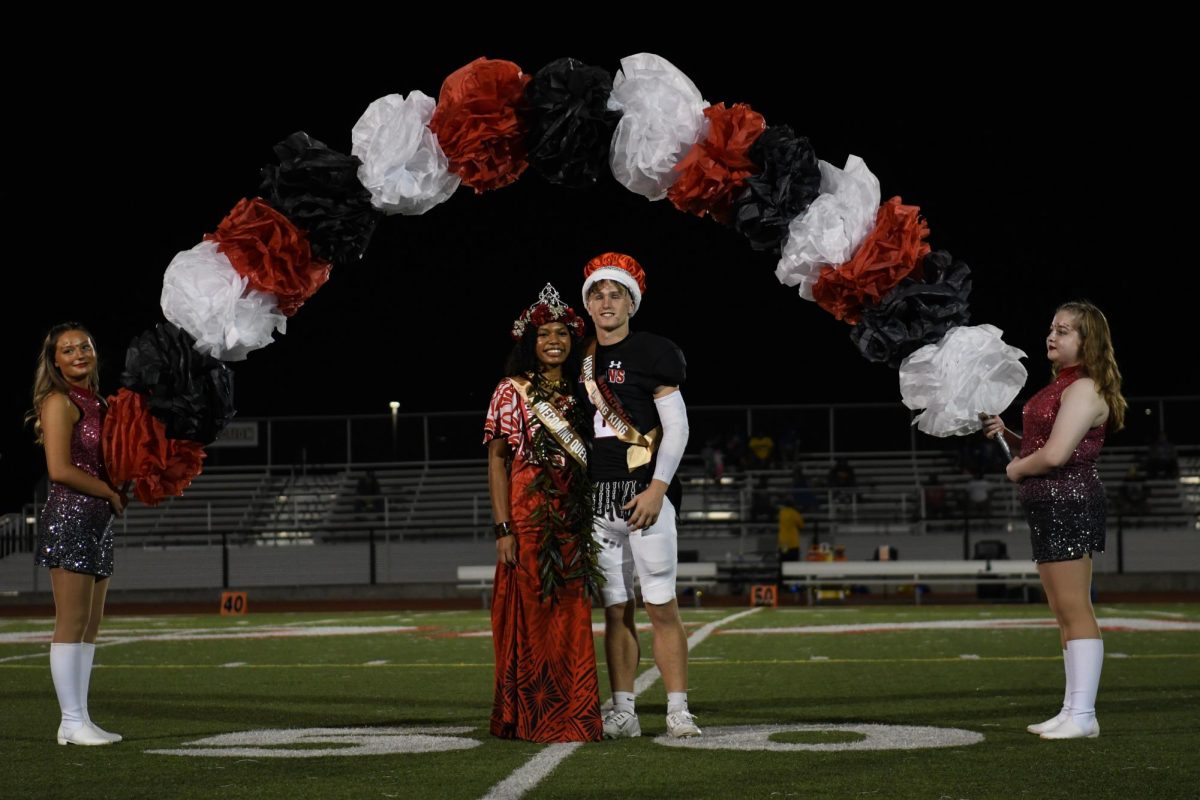



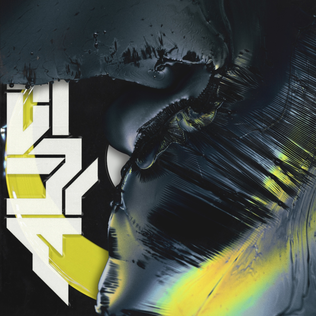

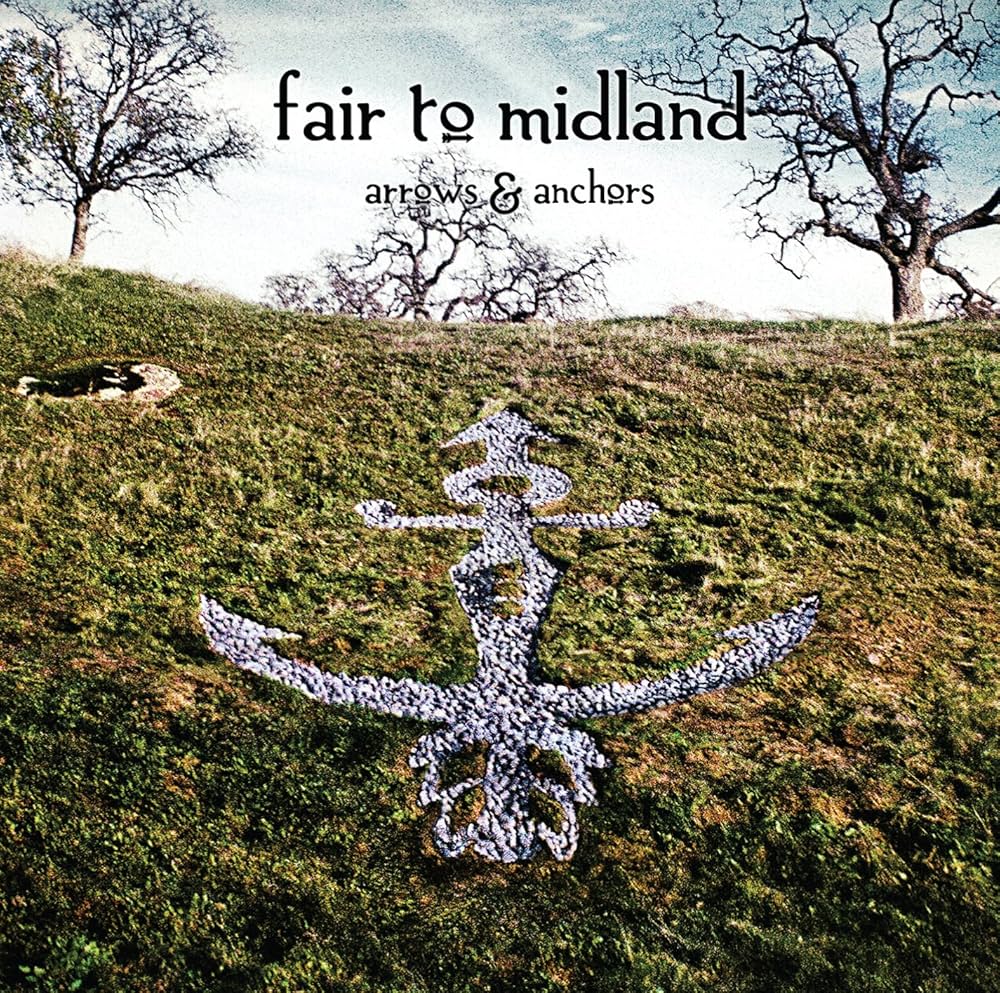
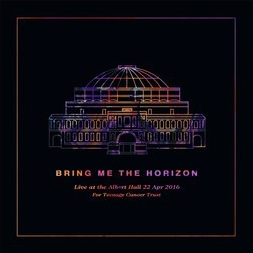
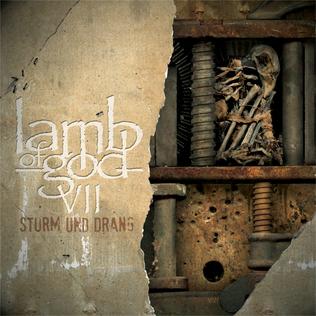
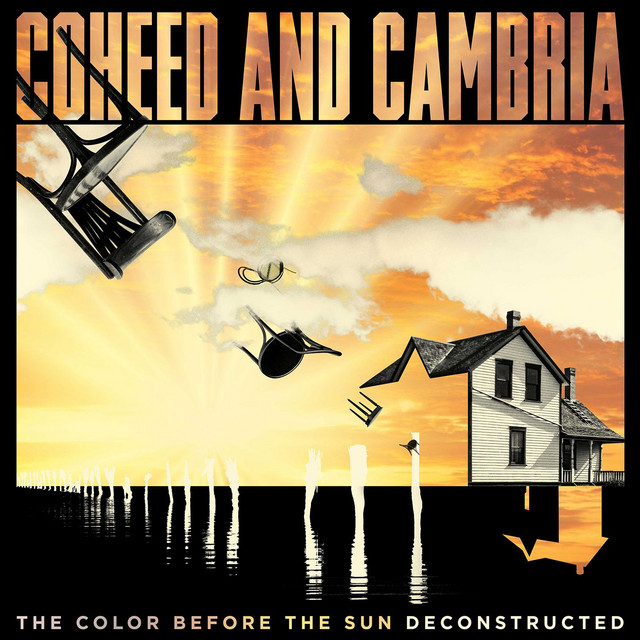
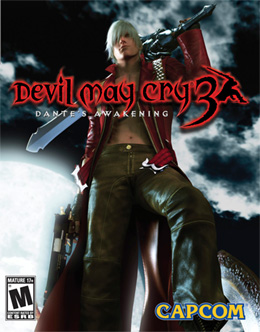

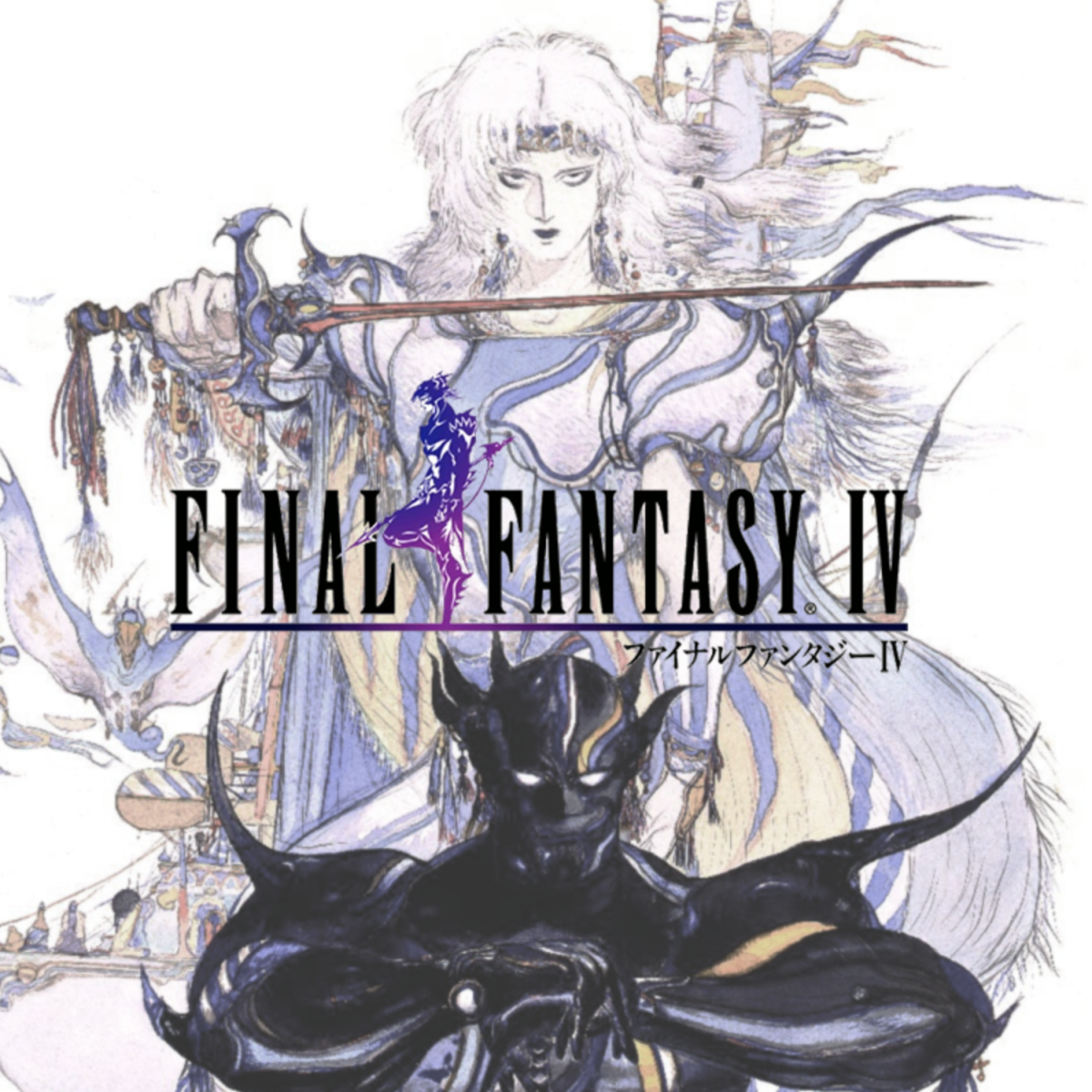

![[Review] Bloodywood - Nu Delhi](https://fohssignal.net/wp-content/uploads/2025/05/Nu_Delhi.jpg)
![[Review] A complete unknown](https://fohssignal.net/wp-content/uploads/2025/03/download-21.jpeg)
